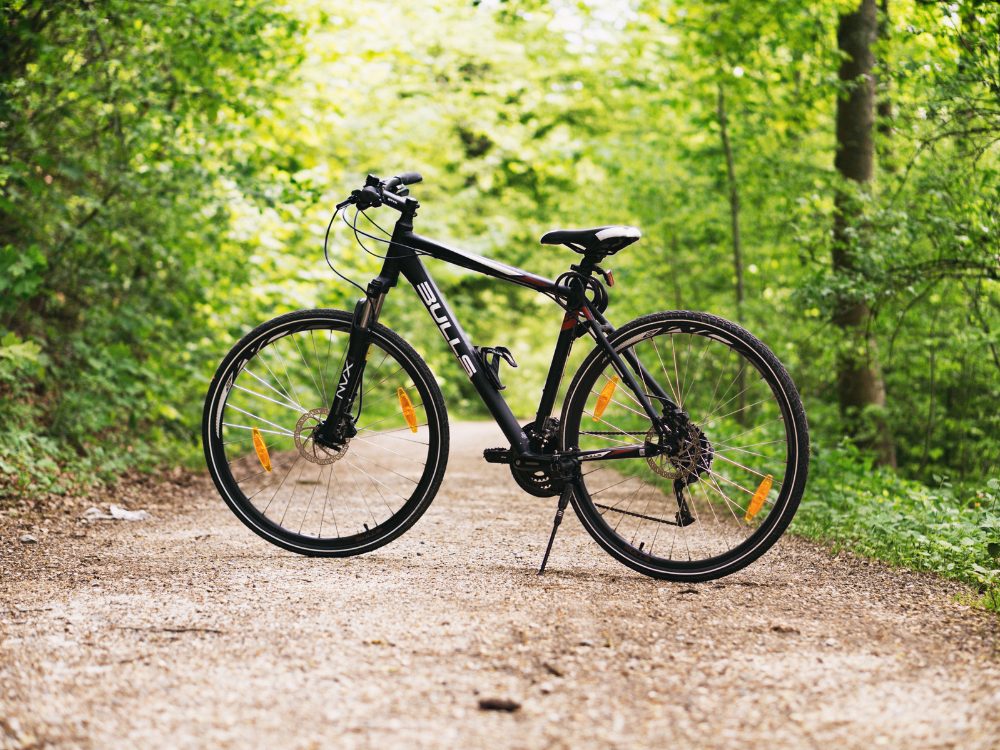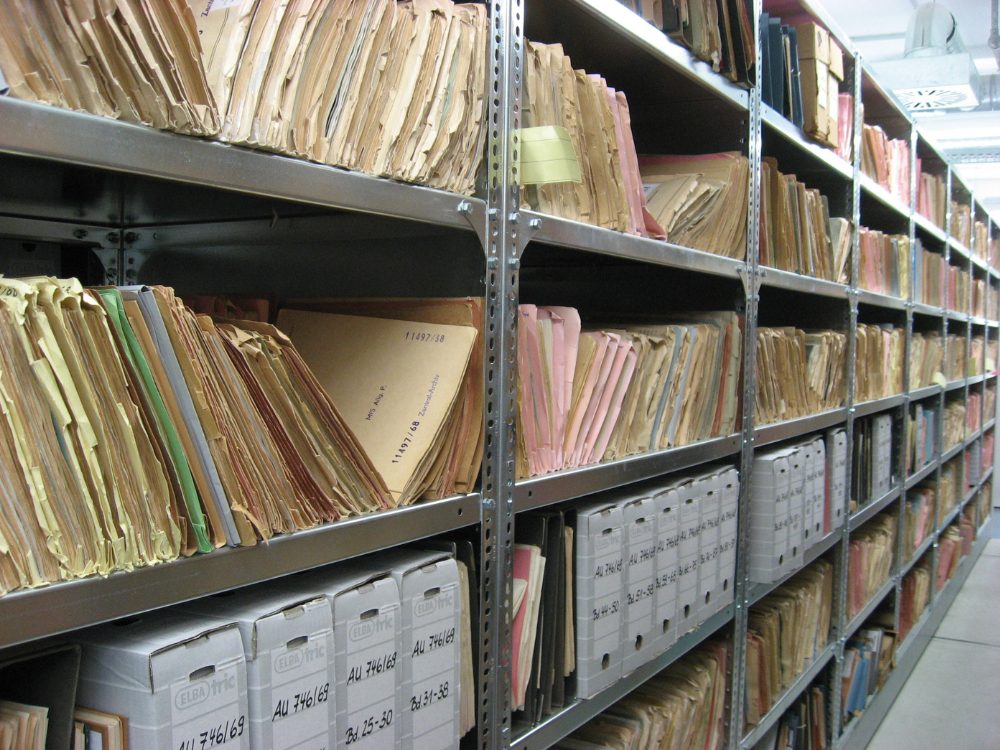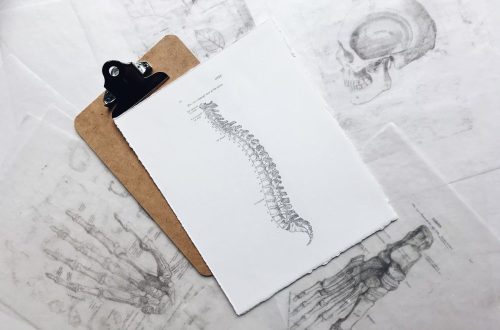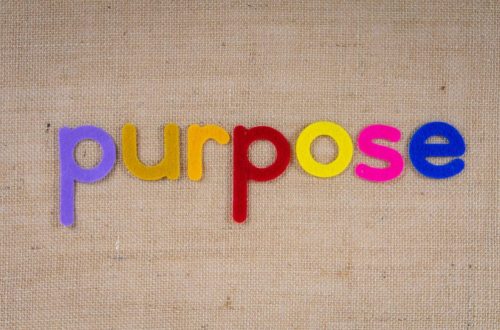
Bicycle Accidents & Children- Parental Tips To Deal With The Worst
This is a collaborative post
Cycling is perhaps the best exercise for children of all ages. You can even enjoy it as a family activity if you are an outdoor-loving clan. Once your kids are mature enough, you can let them ride independently. But young riders must understand that bikes aren’t toys as they share the road with other vehicles, riders, and pedestrians. As a parent, you must teach the lessons of riding safety to your kids before letting them be on their own. However, you cannot be too sure about negligent drivers because they are a constant threat to even the best riders and drivers on the road.
Statistics show disconcerting figures, with thousands of bike mishaps involving children reported every year. The worst part is that a significant number of victims sustain severe injuries and land in emergency rooms for treatment. Many of these mishaps occur due to the negligence of another driver. Dealing with mishaps involving children is traumatic for parents, but you must do your bit to help them recover and resume normalcy. Here are parental tips to deal with the worst when your child gets hurt in a bicycle accident.

Get immediate treatment
Getting immediate treatment for your child should be the top priority after a bicycle crash. Children often overlook minor injuries and fail to report even severe symptoms such as blurred vision, headaches, and nausea. They are often concerned about wounds and bleeding, so they will probably ignore the rest if there are no visible signs. But you must seek medical advice immediately after the mishap to rule out deep-seated injuries. Preserve the diagnostic reports, prescriptions, and doctor’s orders because they serve as valuable pieces of evidence for compensation claims.
Preserve evidence
Although you may be anxious and shocked after your child gets injured, staying calm is the best way to handle the situation. Preserving evidence is crucial to validate the negligence of the driver who caused the mishap. You can document the scene with pictures, note the details of the vehicle, and get the contact information of the witnesses. File a police report and preserve a copy for further reference. Remember to retain the damaged bike as it makes one of the most vital pieces of evidence. Also, keep the helmet, clothing, and shoes of the victim.

Seek legal recourse
Ensuring that the guilty person has to pay for their negligence is a part of your parental responsibility. The best way to do it is by claiming compensation for your child’s injuries. You can call a bicycle accident lawyer to initiate the compensation claims process. A specialist can help you gather tangible evidence, calculate the value of compensation, and negotiate the claim with the guilty driver’s insurance company. They can also represent your claim in court if the settlement does not work in your favour. Getting the value your child rightfully deserves is even more crucial if the injury is debilitating enough to affect their mobility and independence.
Make the child comfortable
A bicycle mishap can lead to severe injuries because riding is not as safe as driving. Your child may be in pain during and after the treatment. Making the child comfortable in the hospital and at home is vital. Ask the doctor for safe painkiller doses to alleviate the pain and soreness. You can also try home remedies like hot and cold compresses, physiotherapy, massage, and aromatherapy. But ensure doing them under medical supervision. Making the kid comfortable is also about feeding them their favorite food, bringing home new toys and books, and sleeping with them.
Prioritise emotional well-being
Besides ensuring physical recovery, the parental role post a bicycle accident also includes supporting emotional well-being. Like adult victims, they may encounter anxiety, PTSD, and nightmares. The child may never want to ride a bike again, and even being on the road may be scary. You must prioritise emotional recovery and recognise the need to seek professional advice. Encourage the child to open up about the trauma and fear and provide constant support. You can even try taking them back on the road with a new bicycle once the recovery cycle is complete.
Dealing with a road mishap is traumatic for young victims. The situation is equally testing for parents as it is hard to bear the pain of one’s child. But a cautious and positive approach is the best way to help your child overcome the physical impact and emotional trauma of a bicycle accident injury. Following these tips is often enough to get their life back on track.





